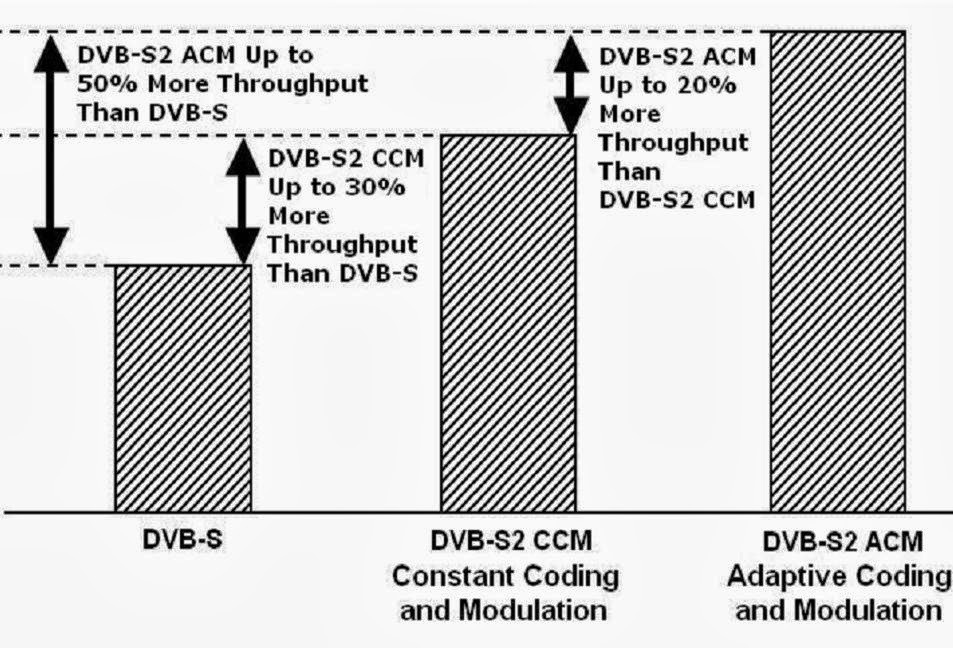iTools 4.3.0.5

<<<<<<<CLICK HERE>>>>>>>
The Internet and everything related to modern technology, modern science, inventions and innovative technological solutions. This is the core of the interest of our blog, perhaps it is the destination of all who want to enter the world of modern cultures with all the meanings of words...





